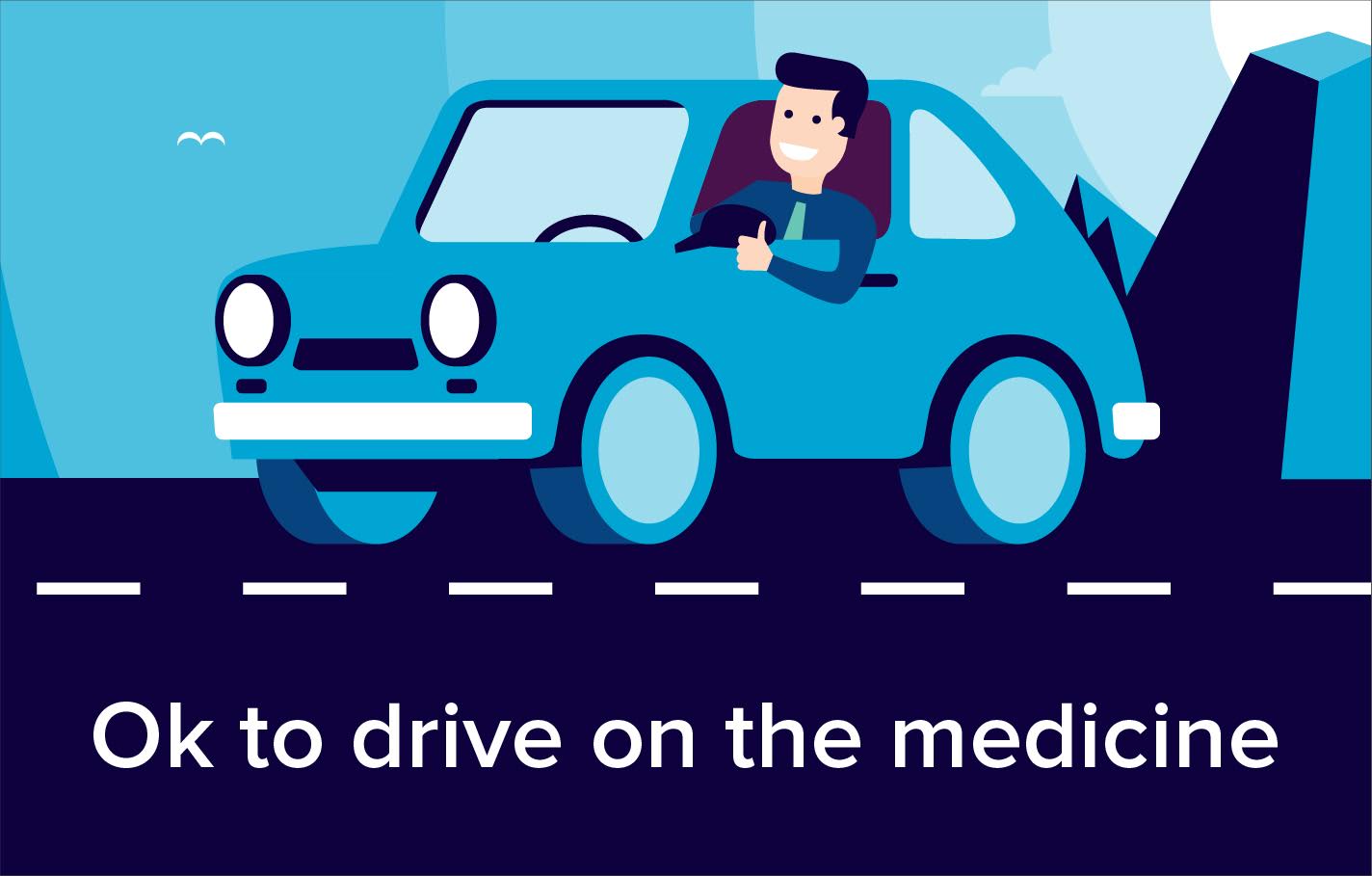Pyridoxine is used to treat low levels of Vitamin B6 in the body and in the treatment of a condition called idiopathic sideroblastic anaemia. Pyridoxine can also be used to treat damage to the nerves (peripheral neuritis) caused by isoniazid, a drug used to treat tuberculosis.

Why have I been prescribed Pyridoxine?
- It is used to treat low levels of Vitamin B6 in the body and in the treatment of a condition called idiopathic sideroblastic anaemia where the red cells in the blood do not form properly.
- Pyridoxine can also be used to treat damage to the nerves (peripheral neuritis) caused by isoniazid, a drug used to treat tuberculosis.
How does it work?
It restores depleted levels of Vitamin B6.
When and how do I take it?
Unless instructed differently, take your tablets in divided doses with a glass of water.
What’s the dose?
For the treatment of low levels of Vitamin B6 in the body
- The usual dose in adults is 50 to 150mg daily in divided doses.
For the treatment of idiopathic sideroblastic anaemia
- The usual adult dose is 100 to 400mg daily in divided doses.
For the treatment of nerve damage (peripheral neuritis) caused by isoniazid
- The usual adult dose is 50mg three times a day.
Elderly:
If you are elderly you will require similar doses to those given above.
Children:
Pyridoxine Tablets are not recommended for use in children.
Could it interact with other tablets?
Taking another medicine while you are taking Pyridoxine Tablets can affect how it or the other medicine works. Please inform your doctor or pharmacist if you are taking or have recently taken any other medicines, including those you may have bought yourself without a prescription.
Please check with your doctor if you are taking any of the following (or any other medication):
- levodopa, a drug used in the treatment of Parkinson’s disease
- isoniazid, used to treat tuberculosis
- oral contraceptives
- penicillamine, used to treat arthritis and other conditions.
If you have any doubts about whether you should take this medicine then discuss matters with your doctor before taking it.
Herbal products should also only be taken after talking with your doctor.
What are the possible risks or side-effects?
- Like many medicines Pyridoxine Tablets may cause side effects in some patients, although not everybody gets them.
- If you take large doses of Pyridoxine Tablets for a long time you may develop problems with your nerves (peripheral neuritis). One of the symptoms of peripheral neuritis can be pins and needles.
- If any of the side effects get serious, or if you notice any side effects not listed in this leaflet, please contact your doctor or pharmacist immediately.
Can I drink alcohol while taking it?
There are no known interactions between Pyridoxine and alcohol.
Always ask you doctor or pharmacist however as other medications you are taking may have a bearing on this.
What if I’m pregnant/breastfeeding?
You should let your doctor know if you are pregnant or wish to become pregnant, or wish to breast-feed, whilst taking these tablets.
If you have any more questions please ask your Pharmacist.
Remember to keep all medicines out of reach of children
Please Note: We have made every effort to ensure that the content of this information sheet is correct at time of publish, but remember that information about drugs may change. This sheet does not list all the uses and side-effects associated with this drug. For full details please see the drug information leaflet which comes with your medicine. Your doctor will assess your medical circumstances and draw your attention to any information or side-effects which may be relevant in your particular case.
References:
http://patient.info/medicine/pyridoxine-tablets
https://www.nlm.nih.gov/medlineplus/druginfo/meds/a682587.html
https://en.wikipedia.org/wiki/Pyridoxine
http://www.drugs.com/cdi/pyridoxine-vitamin-b6-extended-release-tablets.html

